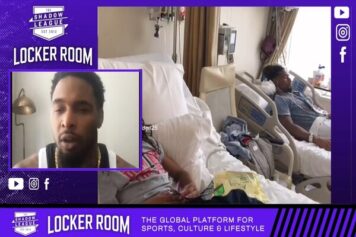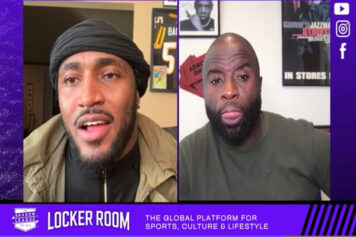The NCAA agreed Tuesday to settle a class-action, head injury lawsuit by creating a $70 million fund to diagnose thousands of current and former college athletes to determine if they suffered any brain trauma playing contact sports.
The deal, filed in U.S. District Court in Chicago has the NCAA also agreeing to implement a single return-to-play policy, specifically detailing how teams must handle all players who received head blows.
This settlement differs from the proposed settlement in a similar lawsuit against the NFL because it won’t allocate money to players who suffered brain trauma. Instead, athletes can sue for individual damages. The NCAA-funded tests that would gauge the extent of neurological injuries could establish grounds for doing just that.
The process sounds like typical NCAA beauracratic feet-shuffling, but at least the NCAA is investing some of the fortune it’s made off of student-athletes into researching ways to keep them healthy and productive post-college.
The deal stops short of the NCAA admitting that thousands of players in various sports have suffered brain trauma as a result of their participation in college athletics, but the settlement shows a willingness to investigate the possibilities, and the medical exam applies to all men and women who participated in basketball, football, ice hockey, soccer, wrestling, field hockey and lacrosse at any time over the last 50 years or more at one of 1,000 NCAA member schools.
A lead attorney for the plaintiffs who spearheaded nearly a year of talks culminating in the agreement said the provisions would ultimately improve players' safety and leave open the possibility of damage payments later.
"I wouldn't say these changes solve the safety problems, but they do reduce the risks," Chicago attorney Joseph Siprut said. "It's changed college sports forever."
Others see it as much less impactful. More NCAA posturing.
One plaintiffs' attorney not involved in the negotiations called it a "terrible deal" that lets the NCAA off the hook far too easily. Jay Edelson, one of the nation's leading class action lawyers called the agreement "window dressing," saying the NCAA will be able to settle one-off suits for several thousand each. To keep the NCAA from having to hold unwieldy talks with multiple plaintiffs, 10 lawsuits filed nationwide were consolidated into the one case in Chicago, where the first lawsuit was filed in 2011. Edelson estimated that a single, class-action damages settlement could have been worth $2 billion to players.
"Instead," he said, "it's worthless."



